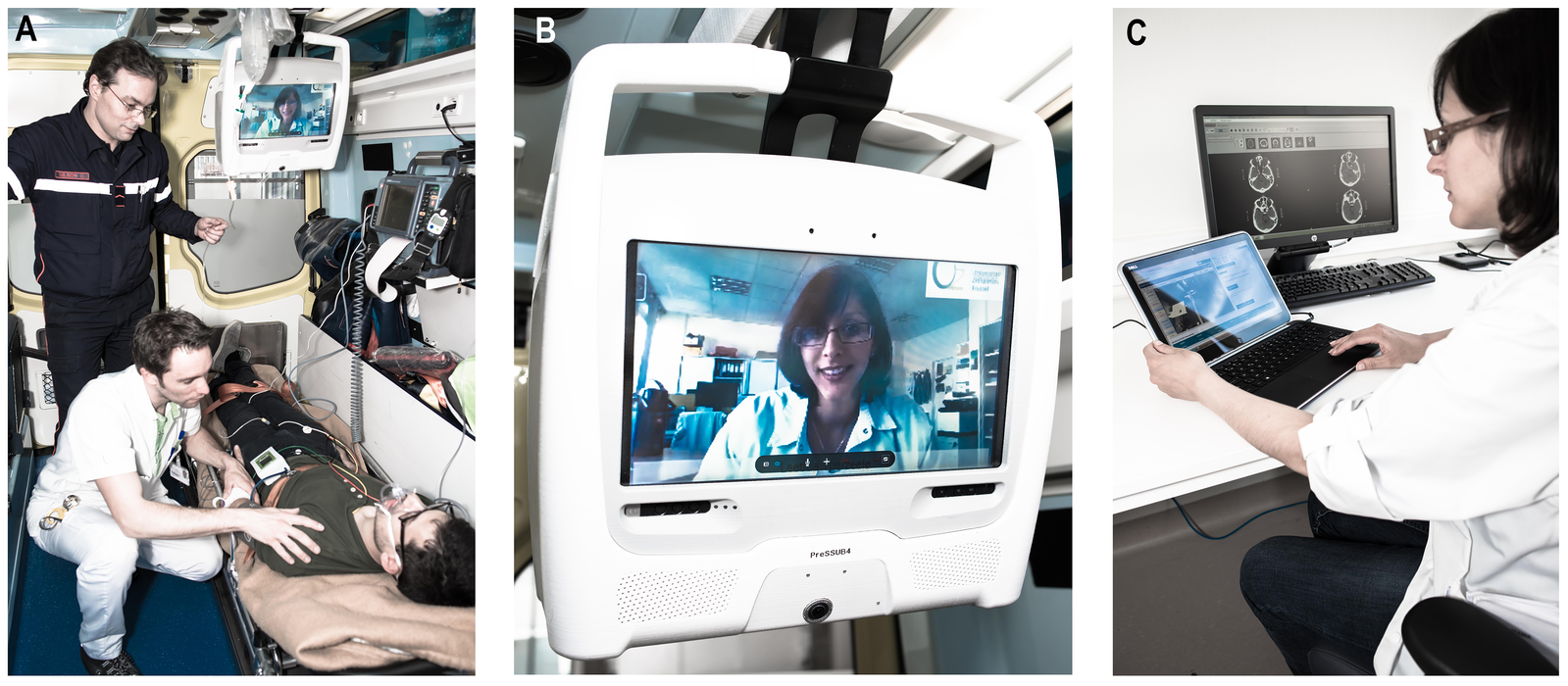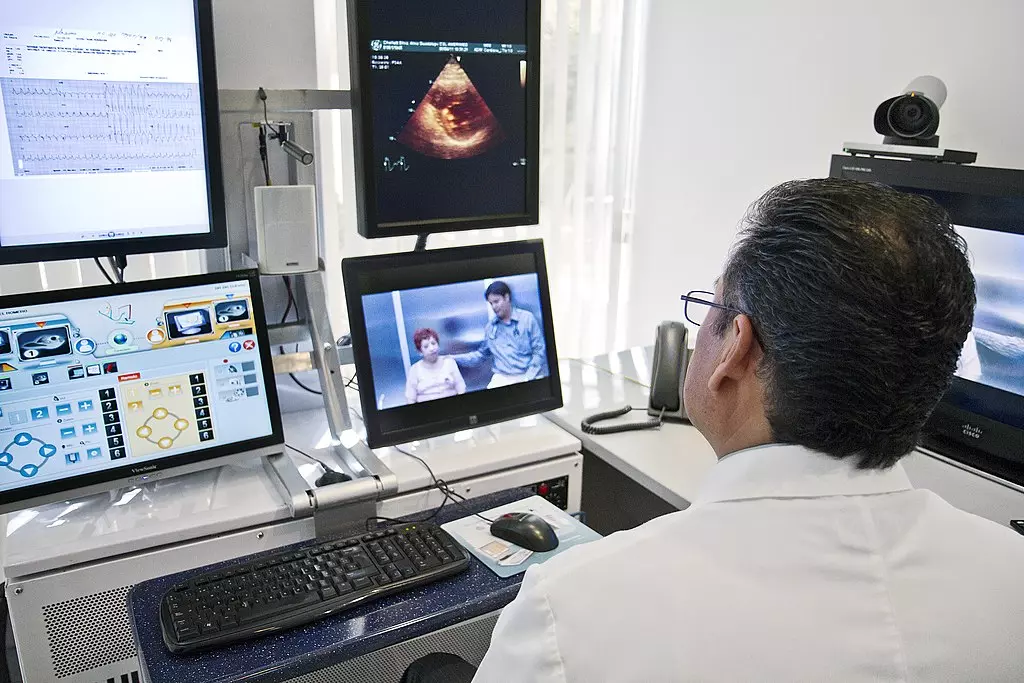Comments
- No comments found

Telemedicine, also called telehealth, enables the access to medical consultations remotely.
Since the start of the pandemic, consumer adoption has skyrocketed, from 11% of US consumers using telehealth in 2019 to 46% telehealth appointments in 2022.
It grew during the pandemic and is projected to get bigger in the coming decades. Telemedicine is applied across medical needs, including for psychotherapy.
Some descriptions of mental health can be changed to thought health and memory health. The objective is to replace parts of the wide-ranging set with specific targets for better tractability. There is no condition of mental health without thought. There is no completion of thought process without the memory. Incoming sensory inputs have to end up as thought to then go to the memory to begin interpretations.
Thought health can become a category of offering in telehealth, so that order is defined to markedly identify disorder when it comes. Thoughts — in the brain — bear various forms beyond what is termed as thinking. Other than incoming thoughts [converted from senses] all other thoughts come from the memory. They are what memory stores bear, transporting to groups. The understanding of thought health is that when what should be remembered is remembered, and things go on normally, how did it work?

Also, when things don’t, for cases of panic, anxiety, sadness, and so on, what happens? The thought memory macro-environment are constructs of neurons for experiential interactions. Neural mechanisms seen in neuroimaging, run the details, but build something else, which is not displayed. It is what consists of experience, in interactions with the outside world.
The memory is located across areas in the brain. Thoughts, after exiting memory stores, travel to where feeling effects are determined, like fear pleasure and so on, which may be in parallel with secretion of respective neurochemicals, before reactions. There are processes within the memory that can be described on how thoughts are picked and how they are given, automatically or controlled.
Multisensory integration for smell happens in the olfactory bulb, for all other senses, it is the thalamus. Integration is into a uniform unit, which is proposed to be thought of or its form, relayed to make activations across locations.
Thought order holds a key of normality architecture, necessary to gauge and know one’s limit across situations, for mental health.
Telehealth represents a unique opportunity in global mental health research to provide thought and memory health services at scale, for a healthier and better future.
Leave your comments
Post comment as a guest